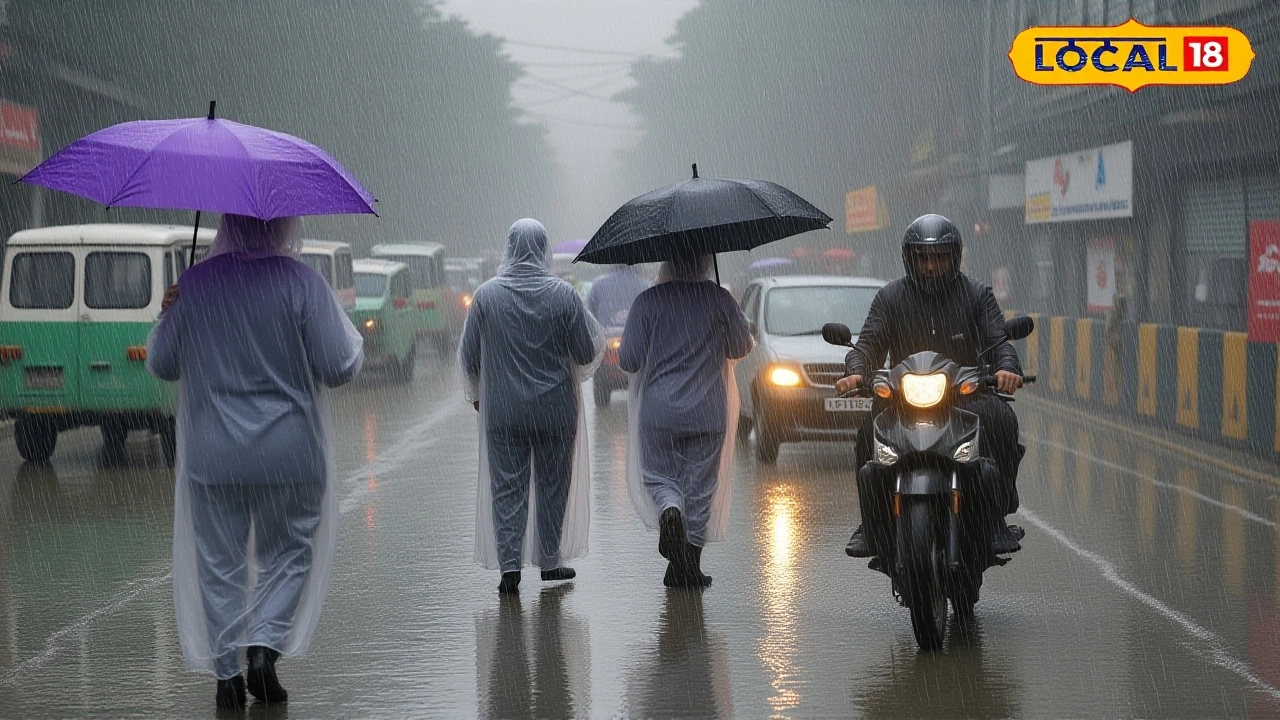Science News and Insights
When exploring Science, the systematic study of the natural world through observation, experiment, and theory. Also known as the pursuit of knowledge, it fuels every breakthrough we read about below. Science isn’t a single subject; it’s a framework that holds together fields like physics, chemistry, and especially the study of the sky. In everyday terms, that means looking at how clouds form, why wind blows, and what drives a storm. By the time you finish this page, you’ll see how each article ties back to that big picture.
One of the most practical branches of Science is Meteorology, the discipline that examines atmospheric processes to predict weather and understand climate. Meteorology requires constant data collection – temperature, humidity, pressure, and wind speed are the raw ingredients for forecasts. It also leans on physics to explain why warm air rises or why cold fronts stall. Because of this, the field constantly updates its models, making every new event a chance to test theory against reality.
Take the recent Western Disturbance that swept across northern India in early October. A Western Disturbance, a fast‑moving low‑pressure system originating over the Mediterranean that brings moisture into South Asia. This system illustrates a classic meteorological triple: Western Disturbance influences regional weather, weather affects agriculture, and agriculture drives local economies. When the disturbance hit Uttar Pradesh, it triggered heavy rain, hail, and gusty winds, reminding us how a single atmospheric feature can reshape daily life in a matter of hours.
The cascade doesn’t stop at the disturbance itself. The same event produced intense Heavy Rain, precipitation of large water droplets that can overwhelm drainage systems and cause flooding. Heavy rain often comes with Hail, solid ice pellets that form when strong updrafts freeze raindrops aloft. Both phenomena stress infrastructure, trigger emergency alerts, and test the response capabilities of agencies like the Indian Meteorological Department. By tracking rain totals, hail size, and wind gusts, meteorologists can fine‑tune warning thresholds for future disturbances.
Why This Matters for You
All these pieces – Science as the umbrella, Meteorology as the method, Western Disturbance as a driver, Heavy Rain and Hail as outcomes – form a linked chain. Understanding each link helps you read a weather forecast with confidence, plan travel around potential storms, or simply appreciate why the sky looks the way it does. Below, you’ll find articles that dive deeper into each step, from how satellites detect low‑pressure systems to how communities prepare for sudden downpours.
Ready to see the latest findings? The collection below breaks down the science, the data, and the real‑world impact of recent atmospheric events. Dive in and discover how each story fits into the larger puzzle of Weather and Climate.
